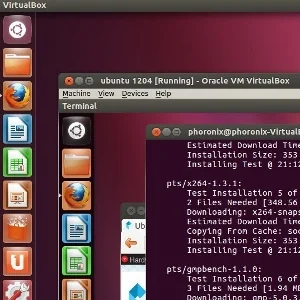Intel GVT-g GPU Virtualization Moves Closer

XenGT is Intel's solution for GPU access from VMs on Linux that work with their DRM driver. XenGT though has been re-branded to Intel GVT-g as explained in my most recent Intel GPU virtualization article. The news today is that the XenGT / GVT-g patches that affect the Intel DRM kernel graphics driver are closer to landing.
Yu Zhang of Intel who has been working on the DRM changes for GVT-g explained in the patch series, "This technology presents a virtual full-fledged GPU to each Virtual Machine (VM). VMs can directly access performance-critical resources, without intervention from the hypervisor in most cases, while privileged operations from VMs are trap-and-emulated at minimal cost...This patch set includes necessary code changes when i915 driver runs inside a VM. Though ideally we can run an unmodified i915 driver in VM, adding such enlightenments can greatly reduce the virtualization complexity in orders of magnitude. Code changes for the host side, which includes the actual Intel GVT-g implementation, were sent out in another patchset."
It's too late for these changes to come for Linux 3.18 but ideally we can hope for this Intel GPU virtualization support to finally appear in the mainline kernel with Linux 3.19~3.20.
17 Comments

